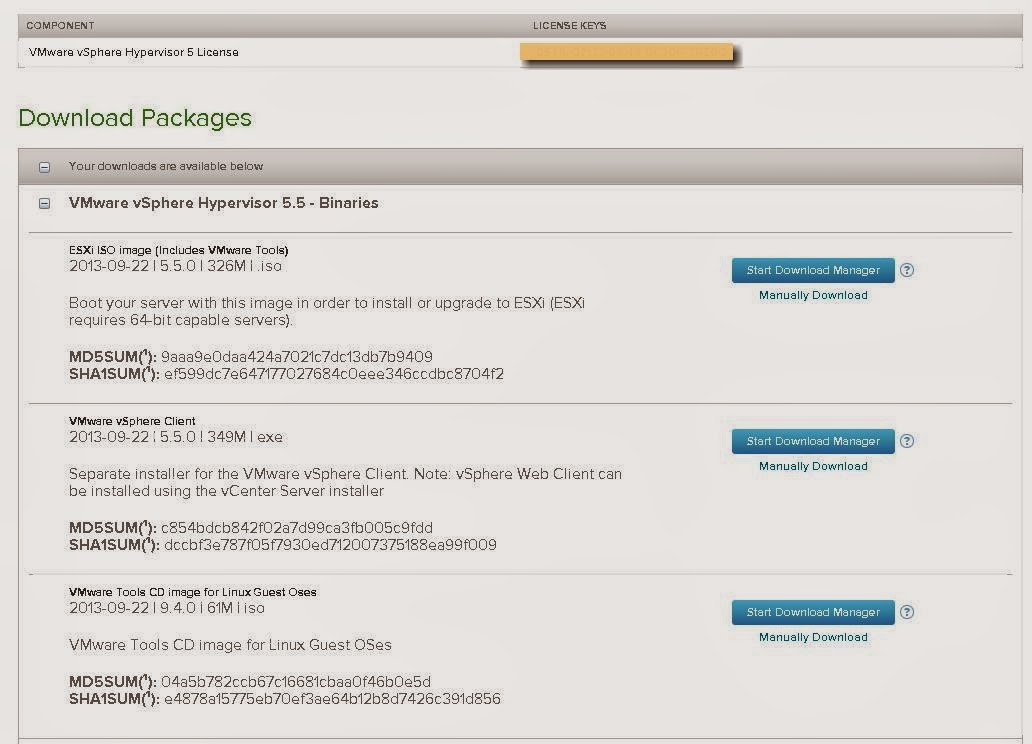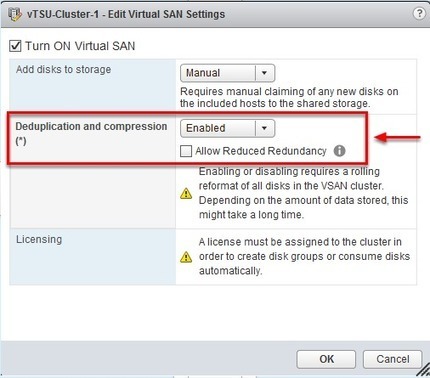VMware vCenter Site Recovery Manager 5.5 Release Notes
❤️ Click here: Vmware srm 55 keygen
SRM marks the virtual machine as Configured, indicating that it was protected. To avoid this issue, run cleanup after a test recovery or reprotect after a recovery before you attempt to upgrade.

For the list of network ports that Site Recovery Manager requires to be open on both sites, see. This method has several advantages such as a test system and software in a closed environment but also to run multiple operating systems on the same computer.

vmware srm keygen - In the SRM installation wizard, Click on Next to start the installation.
SRM works perfectly with the existing vSphere software and it operates as an extension of the vCenter server. VMware Site Recovery Manager 6. A lot of new improvements has been made in the interoperability with other VMware products. Please take a look at my article. In this article, I will explain the detailed step by step procedure to install Site Recovery Manager 6. Please take a look at my article to understand How to Install Site Recovery Manager 6. SRM requires a supported version of Windows operating system. In case of , You need to install SRM on dedicated windows server. Obtain the address of the Platform Services Controller instance for both sites. The Platform Services Controller must be running and accessible during Site Recovery Manager installation. Maintain the consistency time between all systems. You can configure the Site Recovery Manager service to run under a specified user account. The account can be a local user or a domain user. SRM can be installed either with embedded or an external database source like Microsoft SQL or Oracle. If you are using an external database for SRM installation, Site Recovery Manager requires a database source name DSN for 64-bit open database connectivity ODBC. VMware Site Recovery Manager 6. If you are using , You need to install Site Recovery Manager 6. I have 2 vCenter servers one in Production and another one as recovery site DR site. We need to run the SRM setup in both protected and recovery site. I will be running the SRM installation on my Protected vCenter first protection site. Right-click the SRM 6. In the SRM installation wizard, Click on Next to start the installation. Since We are already discussed about the SRM 6. Select the destination folder to install Site Recovery Manager 6. You can specify hostname or IP address of PSC during the installation. As a best practice, It is recommended to use FQDN names throughout the installation of all components like vCenter, SRM, vSphere Replication etc. Specify the Single sign-on SSO administrative credentials to perform administrative actions on the Platform services controller. Click on Accept to accept the Platform services controller PSC certificate. Select the vCenter Server instance from the drop-down to register Site Recovery Manager and click Next. This specified name will appear in SRM interface. Enter administrator email address for this site and Select the IP address of the local host from the drop-down to be used by SRM. If you have dual IP address Enter administrator email address for this site and Select the IP address of the local host from the drop-down to be used by SRM. If you have the dual IP address on the server, Select the appropriate IP address for the SRM installation. Select the default Site Recovery Manager plug-in identifier if you are installing SRM with a standard configuration with one protected site and one recovery site or select Create a Custom Site Recovery Manager Plug-in identifier when you install Site Recovery Manager in a shared recovery site configuration, with multiple protected sites and one recovery site. In my Lab, I am going to install with standard configuration i. You can either use the option to automatically generate a certificate or Use Custom certificate file if you have any and click Next. Specify the Organization and Organization Unit. You can use either the embedded database vPostgres database or a custom external database for the SRM 6. To use an external database, Select an existing 64-bit DSN from the drop-down menu or Click on DSN setup to create a new 64-bit DSN for SRM database. I am going to use embedded database option for my SRM 6. Proceed with the next step Provide the data source name, DB username and password. Leave the remaining settings to default and click Next. Select the user account under which to run the Site Recovery Manager Server service and click Next. It can be a Local system account or an Active Directory domain account. Click Install to start the SRM installation. It will take few minutes to complete the Site Recovery Manager installation. The installation will take few minutes to complete. Once the SRM 6. Ensure both the services are started. Once installation completed and SRM related services are started, Login to your Protected site vCenter Server using vSphere Web Client. You can notice the Site Recovery Icon will start appearing in the Web Client. We are done with the installation of VMware Site Recovery Manager 6. I hope this article is informative for you. Be social and share it with social media, if you feel worth sharing it. Other VMware SRM Related articles: SAN Replication with SRM :.
Introduction to VMware vSphere Replication (vSOM)
Once the SRM 6. If vmware srm 55 keygen have print IP address Enter administrator email address for this site and Select the IP address of the local host from the drop-down to be used by SRM. During the first attempt at planned migration you might see the following error message when SRM attempts to shut down the protected virtual machine: Idea - The operation cannot be allowed at the current time because the virtual machine has a question pending: 'msg. For the list of network ports that Site Recovery Manager requires to be open on both sites, see. Ensure that the storage array is up and running and the IP note of the storage array is reachable through the command line interface. In case ofYou need to install SRM on dedicated windows server. If you use DB2 as the SRM database or as an external vSphere Replication database, contact VMware support for instructions about how to ring your data to a supported database.




